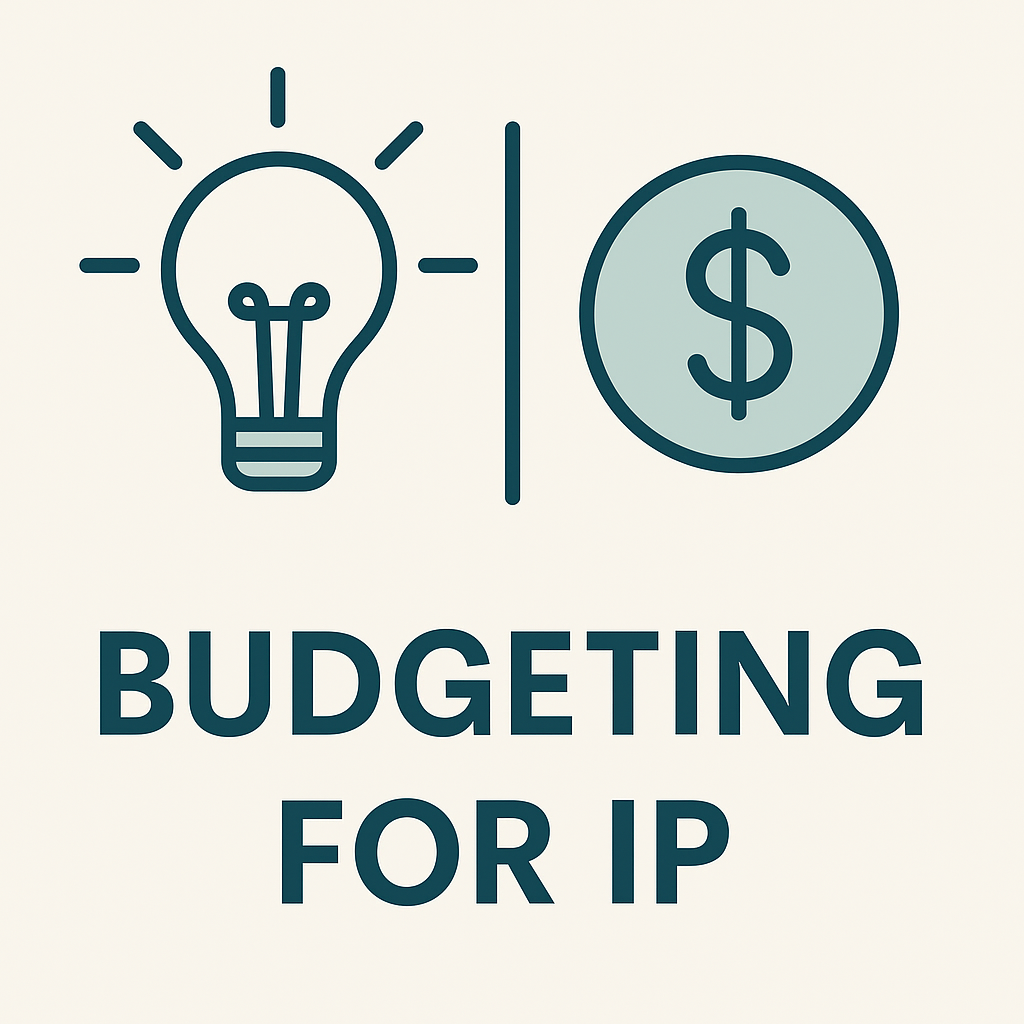In Part 1, we looked at your current invention pipeline. But early-stage startups rarely stay static. Your IP plan needs to be flexible — without becoming vague.
Let’s talk about how to budget for IP in light of the unknowns.
4. How Much Will Your Concept Evolve?
Try to be brutally honest: is your current product likely to change significantly? Are the inventive features you’re patenting today likely to stay relevant in two years?
If your concept is still fluid, you may want to:
Focus on provisional applications first
Delay PCT or national phase entries
Budget more for updates or follow-on filings
➡️ Action: Flag which inventions are at risk of becoming obsolete or shifting direction — and discuss with your counsel whether to file narrowly, broadly, or delay.
5. Are New Inventions on the Horizon?
Startups often pivot or expand — especially once the R&D momentum picks up or a partner brings a new perspective. If you expect new directions or spin-offs, it’s smart to leave budget “headroom” for additional filings.
➡️ Action: Ask yourself (and your team): are you expecting more inventions in the coming 12–24 months? Factor in at least one or two new filings into your working budget.
6. Work With Your Patent Counsel to Build a Cost Timeline
Once you’ve mapped out your invention pipeline and assessed the likely changes ahead, your counsel can help you plan a realistic filing strategy — including:
Provisional vs. non-provisional filings
PCT or direct national filings
Use of fast-track procedures
Anticipated costs by quarter or year
➡️ Action: Build a simple Gantt-style timeline with expected filing dates and budget ranges. Don’t worry if the numbers aren’t exact — even a ballpark is better than flying blind.
Bottom Line: IP Budgeting is Strategic, Not Just Administrative
Building a 2–3 year IP budget won’t lock you into a rigid plan. But it will:
Clarify your current innovation status
Align your filings with your business goals
Prevent costly surprises
And most importantly — it gives investors and partners confidence that you’re treating your IP like the business asset it is.

